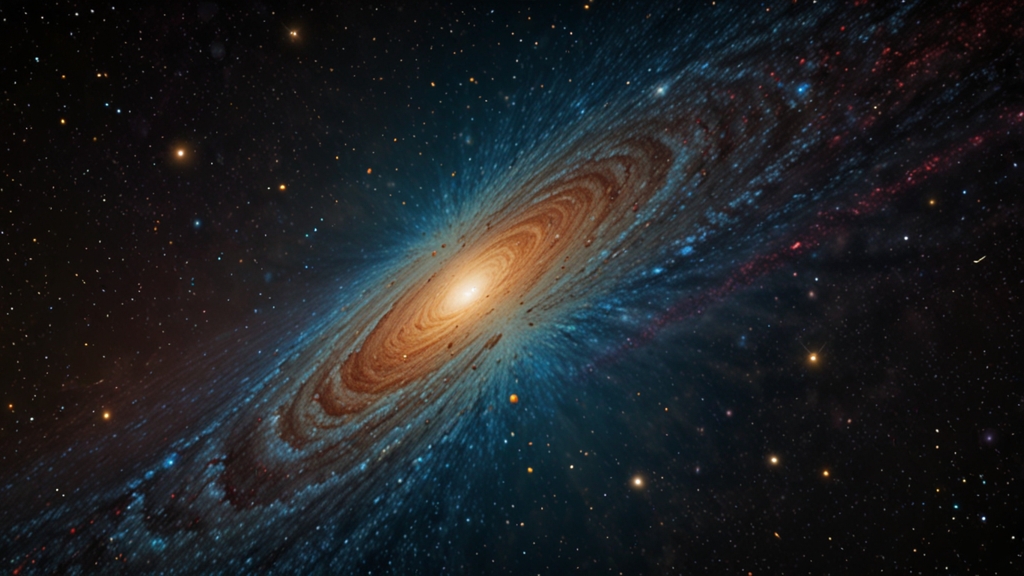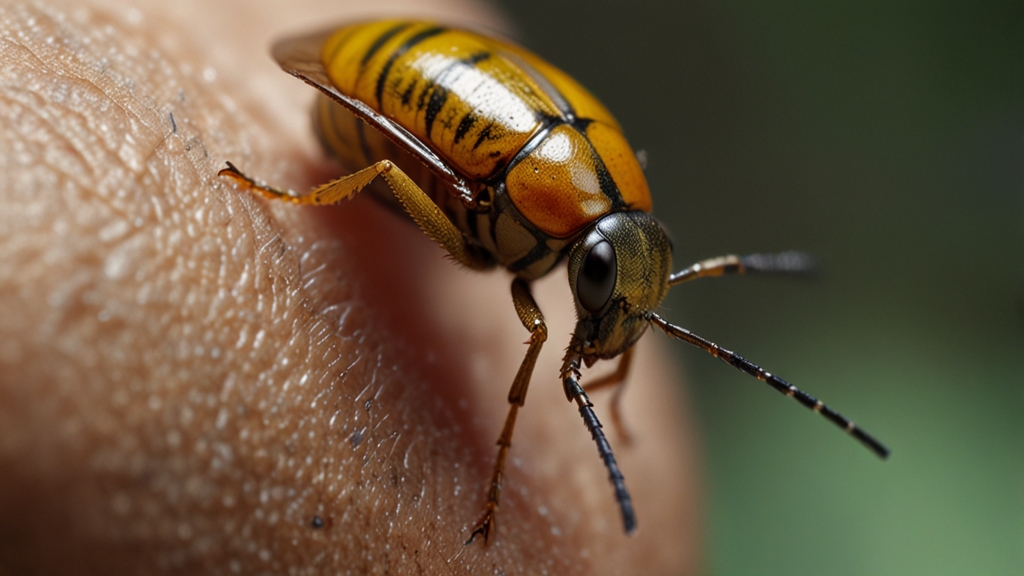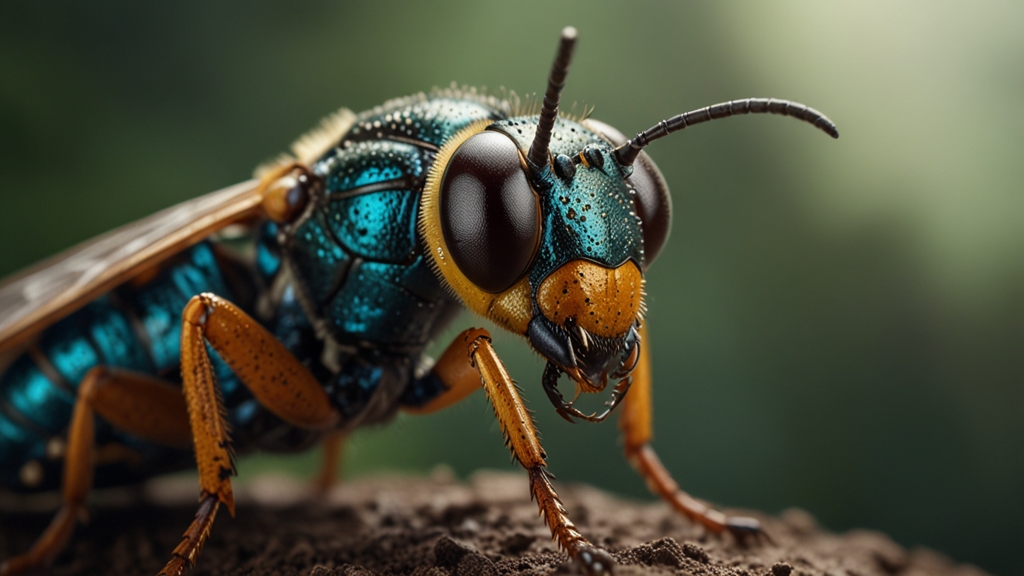Endangered Ecosystems: The Bigger Picture of Wildlife Survival
The plight of endangered species often captures the public's attention, but this is just the tip of the iceberg. To fully comprehend the intricacies of wildlife survival, one must consider the ecosystems these species inhabit. Our planet’s biodiversity is inextricably linked to the health of its ecosystems. When entire habitats are at risk, the consequences can be far-reaching and catastrophic.
The Foundation of Ecosystems
An ecosystem comprises all living organisms, including plants, animals, and microorganisms, interacting with their non-living environments such as weather, earth, sun, soil, climate, and atmosphere. These interactions ensure the balance and survival of life. When one component falters, the ripple effects can destabilize the entire ecosystem.
“In the end, we will conserve only what we love, we will love only what we understand, and we will understand only what we are taught.” – Baba Dioum
Drivers of Ecosystem Endangerment
Several factors contribute to the endangerment of ecosystems:
- Habitat Destruction: Urbanization, deforestation, and agricultural expansion result in the loss of natural habitats.
- Climate Change: Global warming alters the natural environments, making them inhospitable for many species.
- Pollution: Contaminants from industrial waste, plastics, and pesticides degrade the quality of air, water, and soil.
- Overexploitation: Excessive hunting, fishing, and logging deplete resources faster than they can regenerate.
- Invasive Species: Non-native species can outcompete, prey on, or bring diseases to native species.
The Interdependence of Species
Species do not exist in isolation. A predator-prey relationship, for example, demonstrates how the decline of one species can impact another. The extinction of top predators can lead to overpopulation of herbivores, resulting in overgrazing and the destruction of vegetation. This not only impacts the herbivores but also the myriad of other species that rely on those plants for food and shelter.
“The truth is: the natural world is changing. And we are totally dependent on that world. It provides our food, water, and air. It is the most precious thing we have and we need to defend it.” – David Attenborough
Restoration and Conservation Efforts
Addressing the crisis of endangered ecosystems requires a multifaceted approach. Some key strategies include:
- Protected Areas: Establishing national parks and reserves to safeguard critical habitats.
- Restoration Projects: Reforestation, wetland restoration, and coral reef rebuilding efforts to rehabilitate damaged ecosystems.
- Sustainable Practices: Encouraging sustainable agriculture, forestry, and fishing to reduce environmental impact.
- Climate Action: Implementing policies to reduce carbon emissions and mitigate climate change.
- Community Engagement: Involving local communities in conservation work to ensure sustainable, long-term stewardship.
The Role of Individuals
Individuals also play a crucial role in saving endangered ecosystems. Simple actions like reducing waste, supporting eco-friendly products, and using public transportation can collectively make a significant impact. Educating oneself and others about the importance of preserving natural habitats and the steps needed to protect them can drive societal changes.
The Bigger Picture
While the fate of individual species is important, the survival of ecosystems as a whole is even more critical. It’s time we shift our focus from saving individual animals to protecting the environments they depend on. Only by preserving our planet's diverse ecosystems can we ensure a thriving world for future generations.







